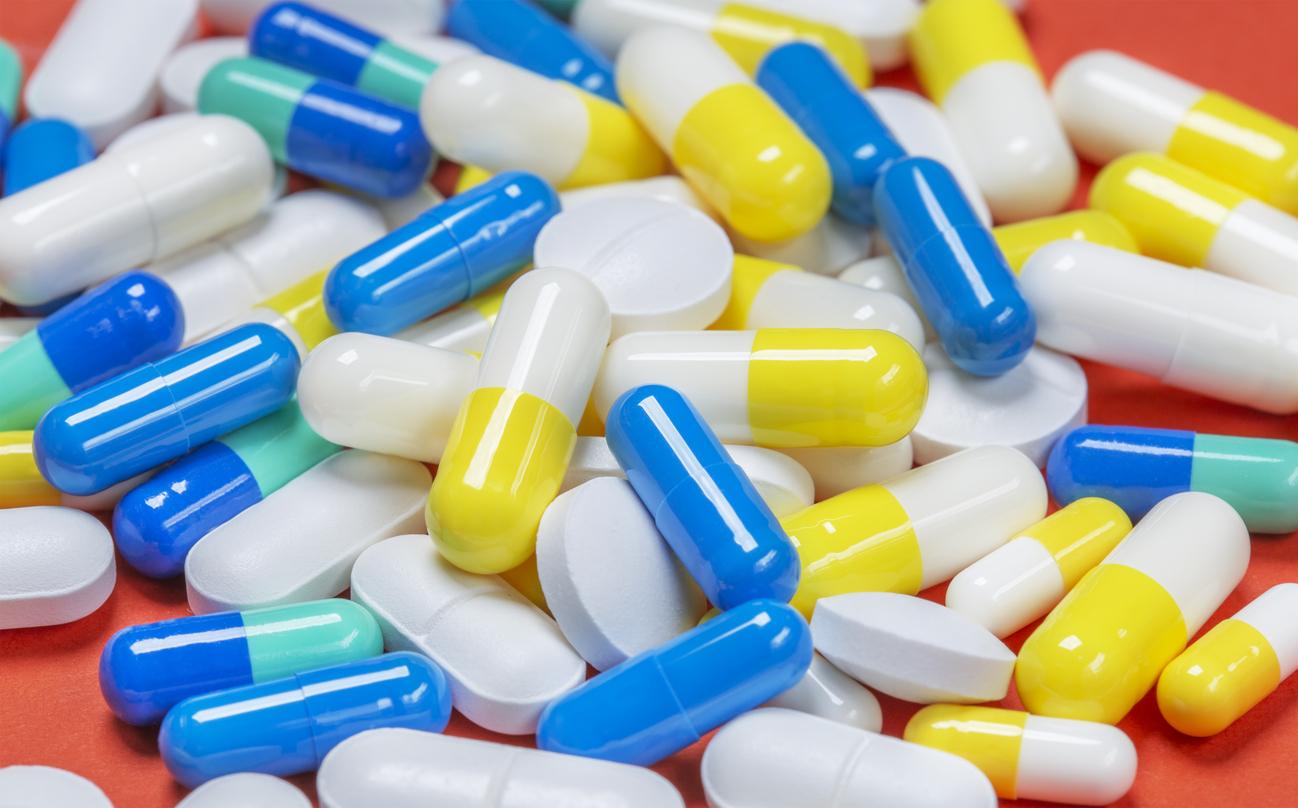“In 5 to 6 years, if all goes well, teixobactin could become the first member of a new family of antibiotics” said Kim Lewis, a researcher at Northeastern University in Boston (USA), lead author of a study published in the British scientific journal Nature.
Teixobactin is a naturally occurring molecule that Dr. Lewis and his team extracted from bacteria found in the soil. This new antibiotic has been successfully tested in mice and has cured serious infections without side effects in rodents. But it has not yet been tested in humans, so its safety and effectiveness are not yet known.
Studies in humans will therefore begin and last for about two years. “This is an important step because toxicity is often the Achilles heel of many drugs,” said the researchers. “But we are desperately looking for new strains of antibiotics to treat resistant bacterial strains.”
Massive and worrying bacterial resistance
According to the US Center for Disease Control (CDC), drug-resistant bacteria kill about 23,000 people a year in the United States. The European Union is also concerned about this bacterial resistance which threatens the effectiveness of treatments. According to Inserm, this initially punctual resistance has become “massive and worrying”. Certain bacterial strains have then become multi-resistant or even “toto-resistant”: they are resistant to several or even all of the available antibiotics. In this case, the doctors are in a therapeutic impasse, and have no solution to fight effectively against the infection.
Read also
Antibiotics: beware of bacterial resistance
Every day spent in the hospital increases the risk of resistance to bacteria
French people too greedy for antibiotics


















